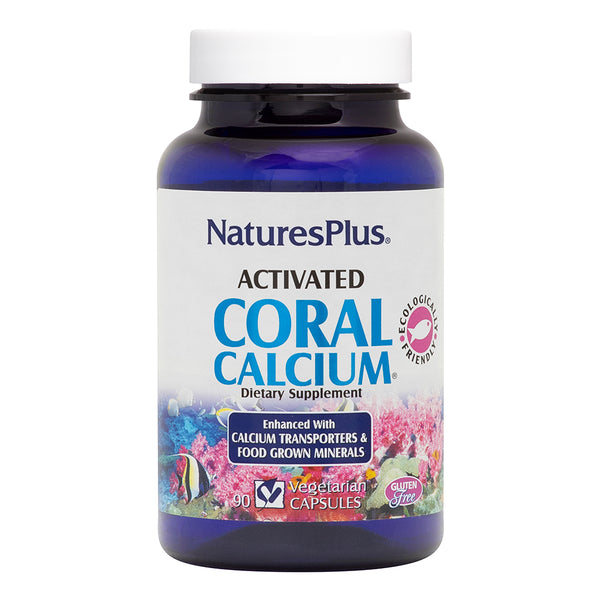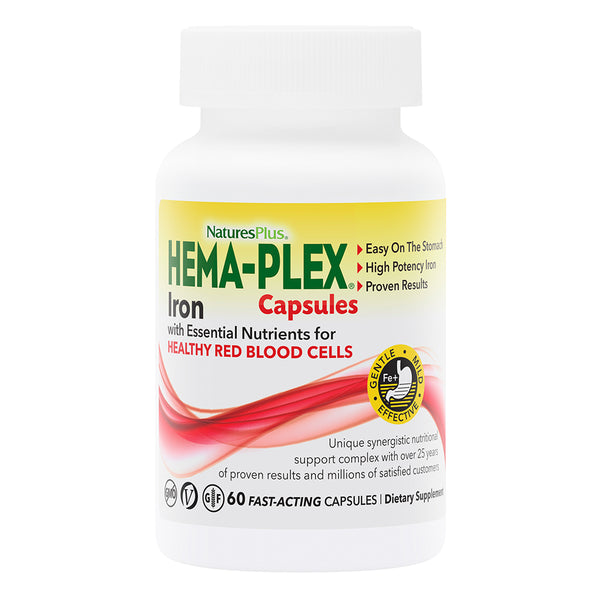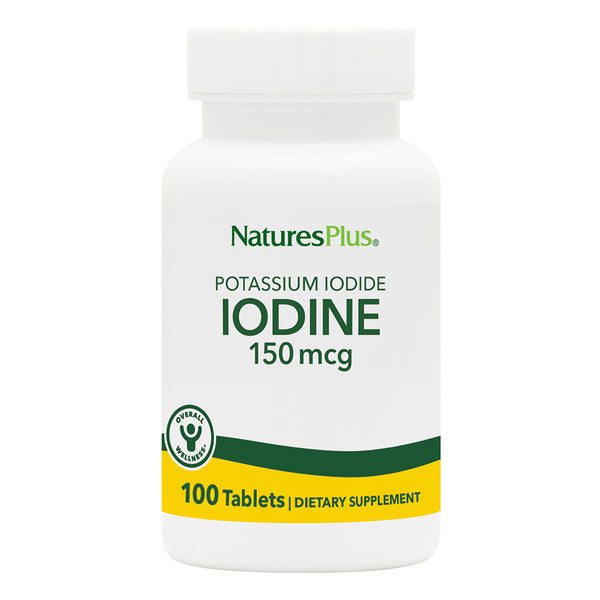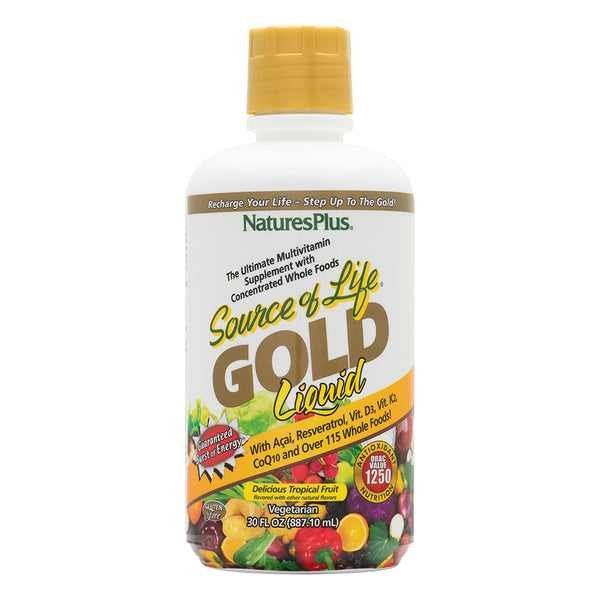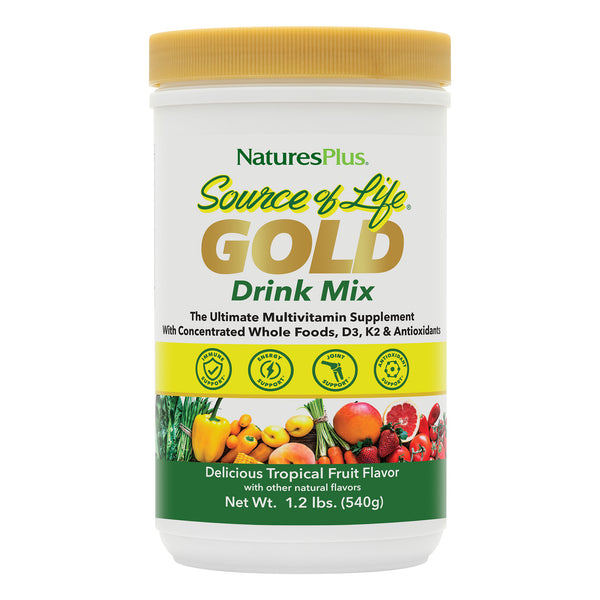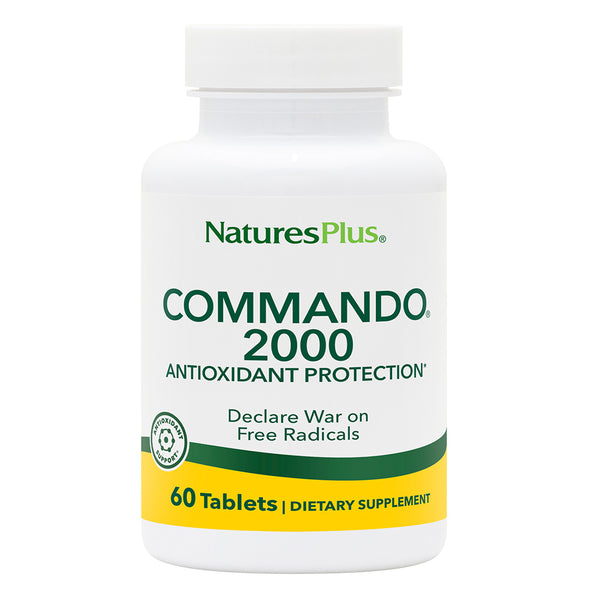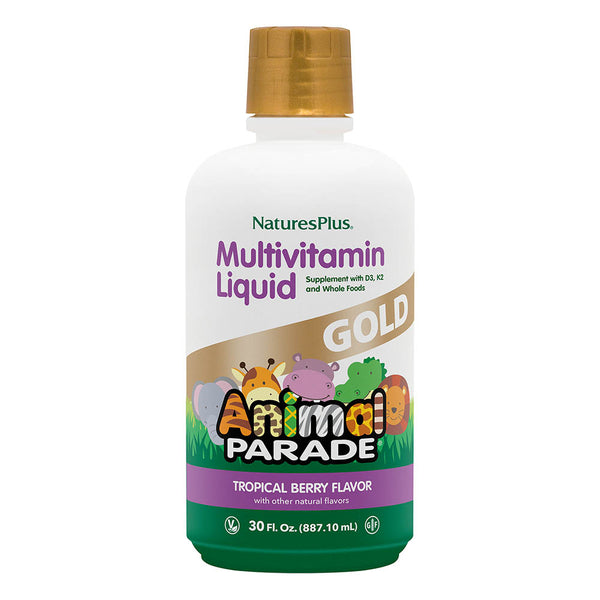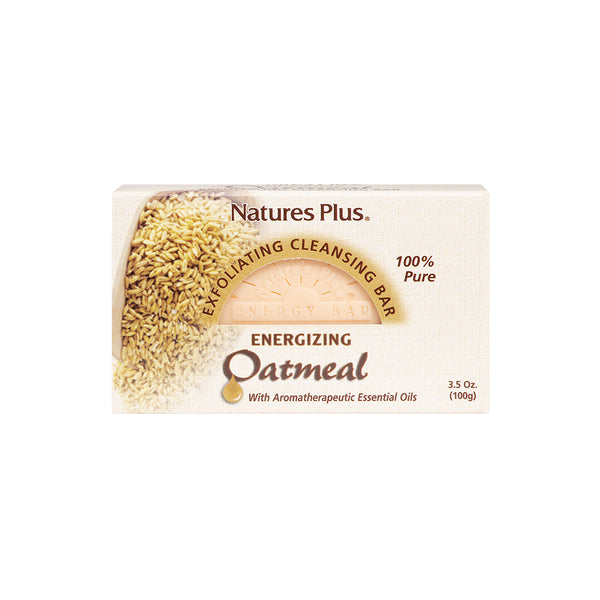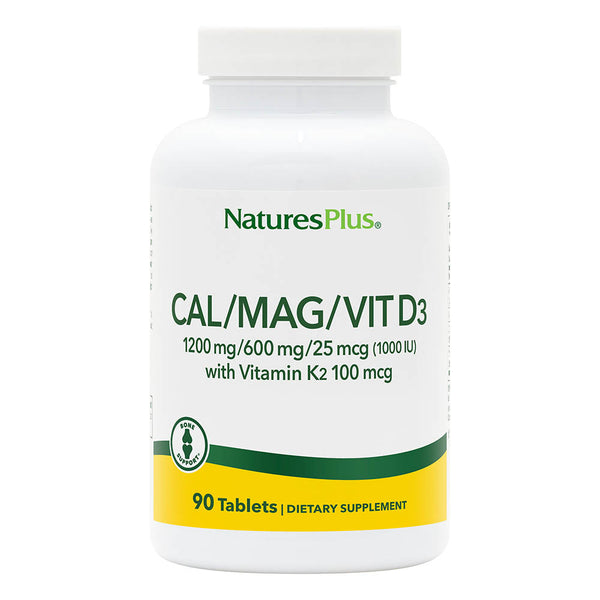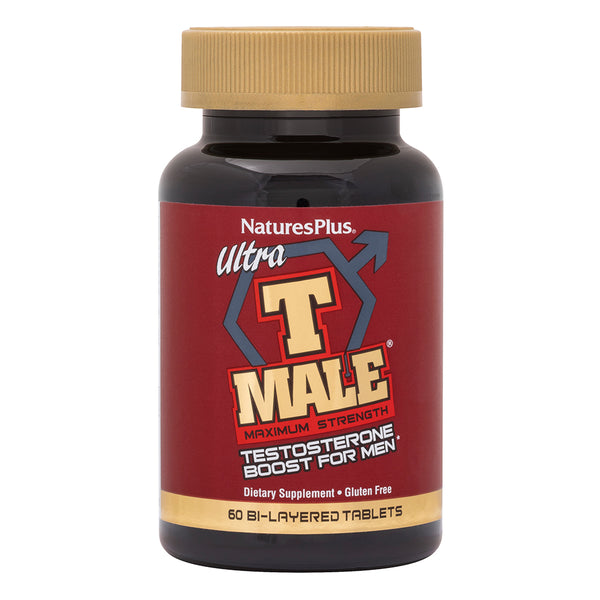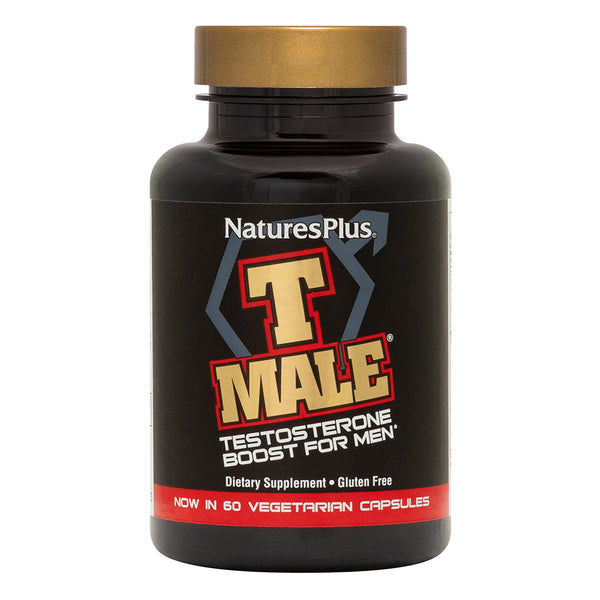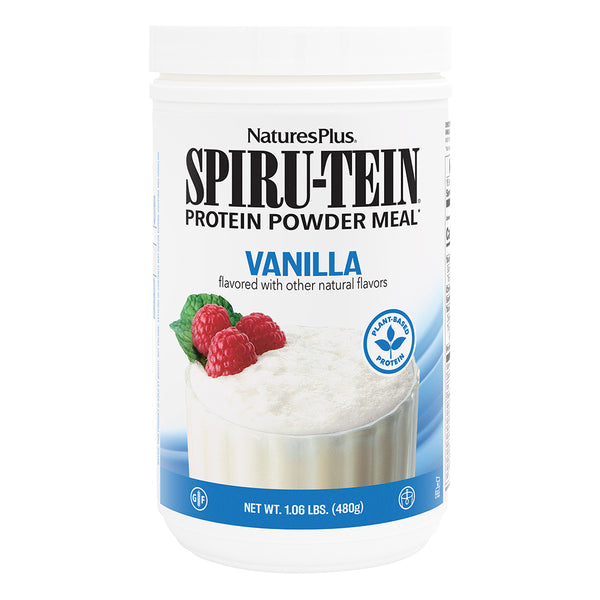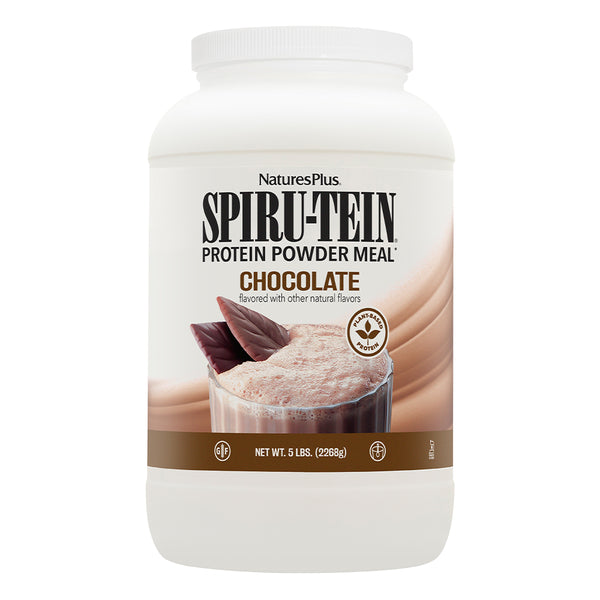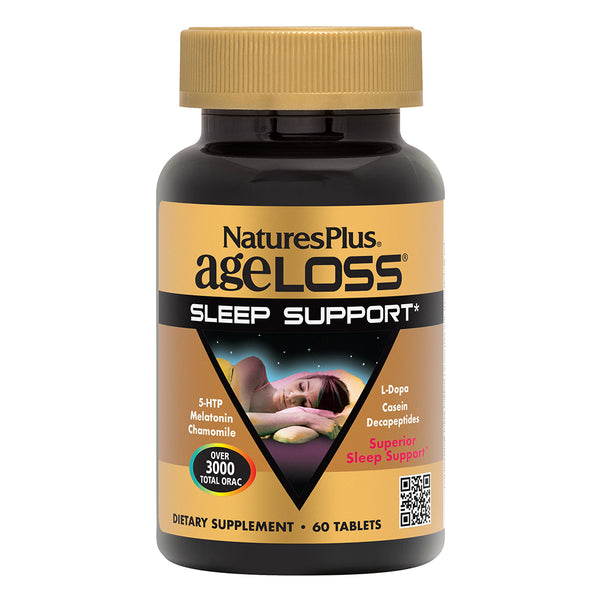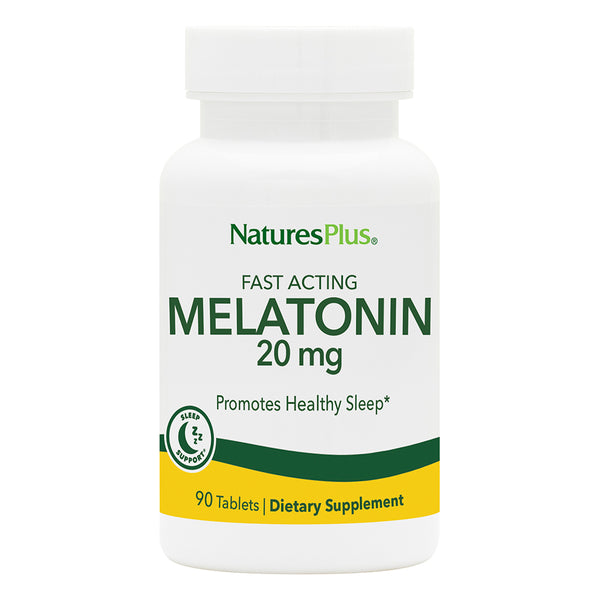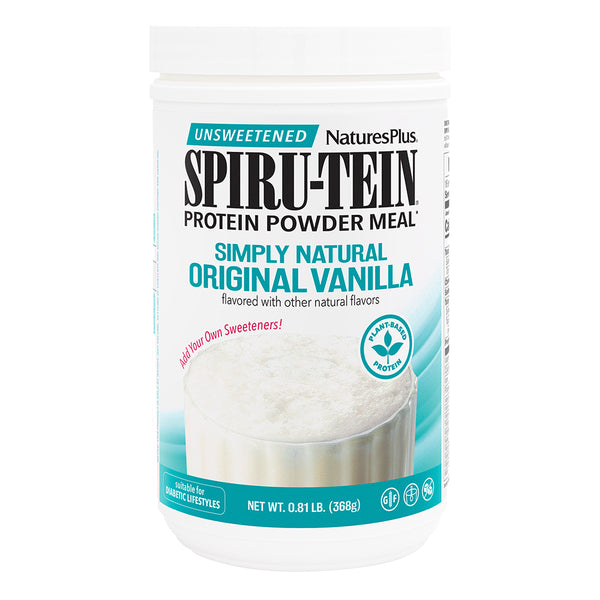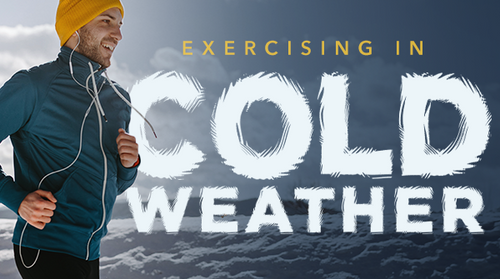What do athletes, administrative assistants, factory/warehouse workers, card dealers, bus drivers and weekend warriors all have in common?
They all engage in activities that involve repetitive motions, and these motions could lead to overuse injuries.
“Overuse injuries come in all shapes and sizes,” says physical therapist Joseph E. Mancuso, PT. “They are caused by repeated and excessive stress on a person’s muscles, bones, ligaments or tendons, and they happen over time.”
“Tendon injuries and stress fractures are the most common” types of overuse injuries, says another physical therapist, Kacy Seynders, PT, DPT.
The first sign that you might have an overuse injury is a gradual increase in pain, says Seynders.
“As the problem develops, the behavior of the pain may change, shifting from only having pain with exercise to also experiencing pain at rest. Depending on the injury, swelling and/or redness may occur as well.”
You may also feel stiffness and have limited mobility.
“Normally, these symptoms will also be seen with the loss of the normal functioning of the injured tissue and related joints in the area,” says Mancuso. For example, someone who works at a keyboard all day may develop an overuse injury affecting the wrist and then have problems typing.
Treatment Options
Julie Johnstonbaugh played three sports in high school and was a Division I soccer player at Stony Brook University in New York. Having suffered overuse injuries that affected both her ankles and her neck, she had tried various treatments.
Physical therapy proved to be the best.
“Until meeting Joe Mancuso, I had never received hands-on, trigger-point treatment and restoration of joint function,” Johnstonbaugh says. She did the exercises and stretches he recommended, but “the hands-on treatment was a game changer with my overuse injuries because the pain went away altogether, and my muscles felt so much more relaxed.”
Both Mancuso and Seynders agree that physical therapy is the best treatment for overuse injuries. “Physical therapists have a unique skill set in analyzing movement, mobility, and strength to find the biomechanical cause of injury,” explains Seynders.
Treatments should include hands-on work as well as therapies designed to reduce swelling and improve mobility.
Preventing Overuse Injuries
While Mancuso says that completely preventing overuse injuries isn’t always possible, there are steps you can take to minimize risk. He suggests:
- Living a healthy lifestyle with a great nutritional foundation
- Keeping your muscles and joints healthy and strong
- Maintaining full muscle and joint flexibility by stretching every day
- Reducing stress in general and specific physical demands that may contribute to the problem
- Learning to perform specific tasks in multiple ways when possible
- Bracing the area and changing your posture or positioning when doing tasks
If possible, try to change the setup in which the activity is performed—a computer workstation, for example—to better support that activity.
In addition, do strength-training exercises on a regular basis, suggests Seynders.
“Improving the strength of a muscle-tendon unit results in improved resilience to stress and fatigue, resulting in less breakdown of sound biomechanics over time,” she explains. “Muscles also protect the joints from wearing in the same location by maintaining balance across both sides of the joint.”
Seek Help Early
If you believe you have developed an overuse injury, don’t wait to consult a professional.
“Early treatment is key,” Seynders says. “The longer you allow the injury to progress, the longer the recovery will take. Many injuries in general will not respond to rest alone; there needs to be a change in the stress on the body via activity modification, targeted exercise and manual treatment (massage, active release technique, dry needling, etc.).”
The longer that you are in pain, the more your body and brain will try to cope, Seynders explains, which can result in “a heightened awareness of the pain and therefore, the perception of worsening of the injury.”
What’s more, “Compensatory movement can also cause injuries in other locations and will be harder to change the longer it is practiced,” she adds.
Like this article? You’ll love our weekly newsletter
sign up here!
**These statements have not been evaluated by the Food and Drug Administration. This product is not intended to diagnose, treat, cure or prevent any disease.


